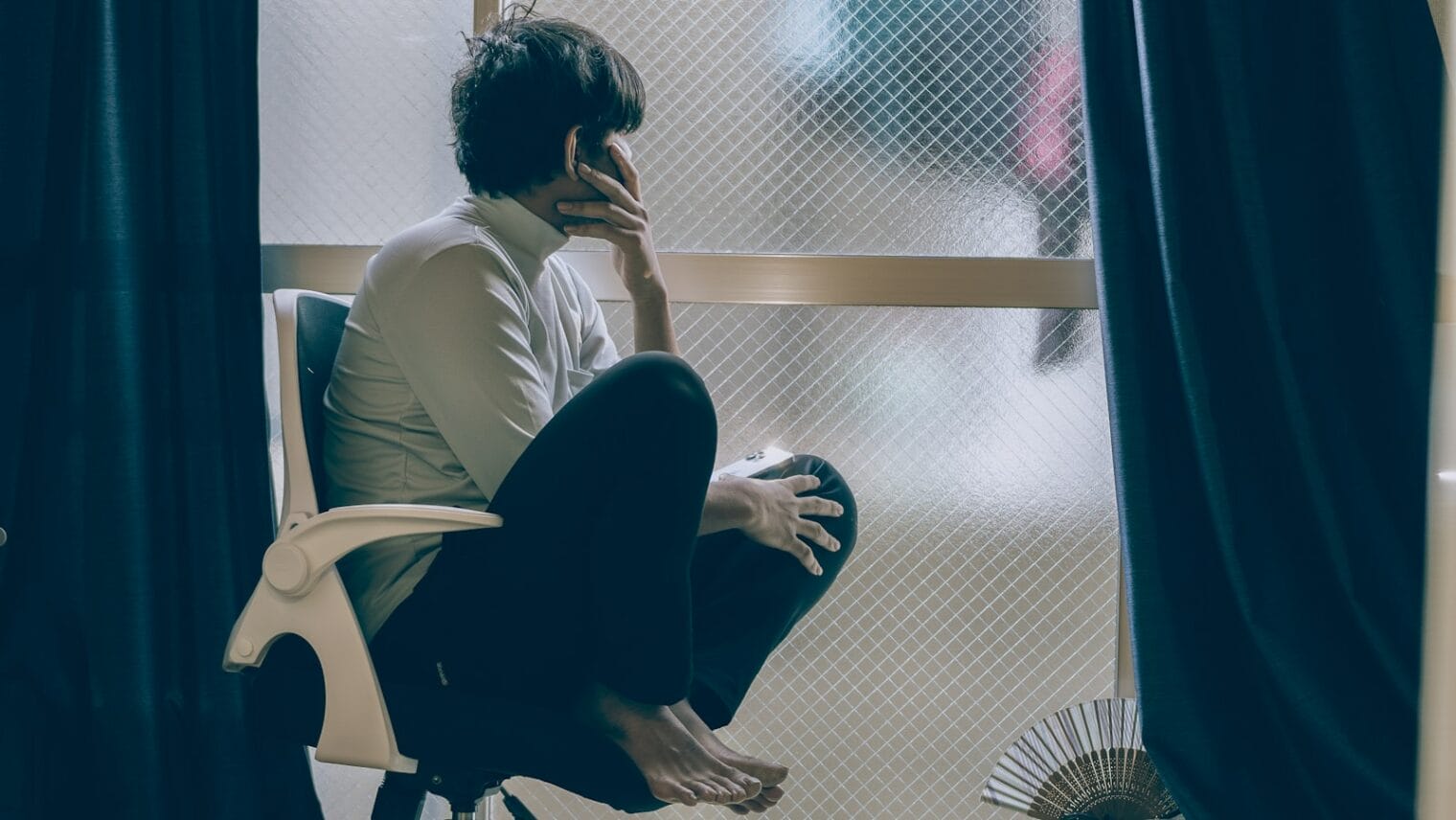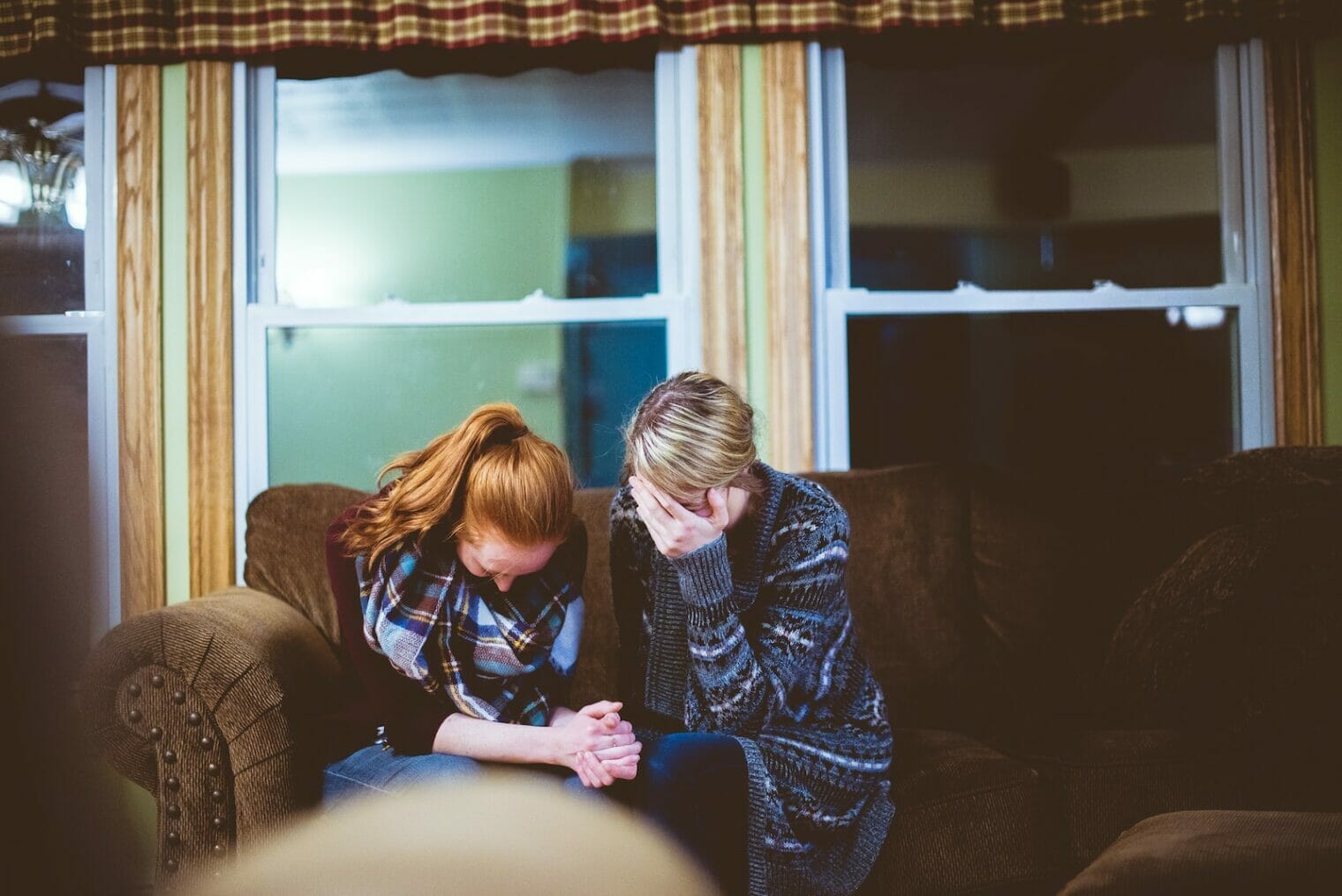Navigating the Maze: Understanding Self-Social Isolation
Many of us have experienced it – that pang of loneliness after a long day alone or the awkwardness of entering a crowded room. However, for some young people, social withdrawal becomes a more persistent pattern, a maze they struggle to navigate. This self-imposed isolation, distinct from introversion or temporary loneliness, can significantly impact their lives.
Beyond the Label: Introversion vs. Self-Social Isolation
I remember being an introverted teenager, perfectly content with spending hours lost in a book, enjoying breaks from school alone or with just a few close friends. Social gatherings often felt draining, and I craved the quiet recharge of solitude. However, when depression entered my life, along with experiences like homesickness in a foreign country or career-related stress, I realized there was a clear difference between my introverted nature and the social withdrawal I began to experience. I withdrew from conversations even with close friends and family. I felt an urge to disconnect from social media with each passing day. It became a loop I struggled to break free from.
The Web of Causes and Triggers
The causes of self-social isolation in young people can be complex and varied, often acting as a web of interrelated factors. Bullying, social anxiety, and academic pressure can all play a significant role. For some, the constant barrage of the digital world can be overwhelming, leading to a desire for a “digital detox” that unintentionally cuts them off from real-life connections.
This social withdrawal can be triggered by various factors (*3), including:
- Interpersonal Relationships: Strained relationships with friends, family, or romantic partners can lead to isolation and a desire to withdraw.
- Family Relationships: Dysfunctional family dynamics, lack of support, or a chaotic home environment can contribute to social withdrawal.
- Societal Pressures: Intense academic pressure, social media comparisons, or unrealistic expectations can create anxiety and a sense of inadequacy, leading to withdrawal.
- Mental Health Issues: Underlying mental health conditions such as Social Anxiety Disorder, Developmental Disorders, and Schizophrenia can all manifest in social withdrawal.
Additionally, individuals with pre-existing mental health conditions may be more susceptible to social withdrawal triggered by the factors listed above.
Isolation’s Toll: A Ripple Effect
Self-social isolation isn’t just about feeling alone. It can have a significant impact on mental and physical health, leading to anxiety, depression, and even physical ailments. Struggles with forming relationships and difficulty finding employment become real challenges, creating a ripple effect across their lives.
The Hikikomori Phenomenon: A Unique Case
In Japan, the phenomenon of “hikikomori” – young people who withdraw from social life for extended periods – highlights the cultural context of social isolation. Intense educational pressure and societal expectations can contribute to this extreme form of withdrawal.
Social Withdrawal in Japan: Pre- and Post-Pandemic
A 2022 survey (*1) by the Cabinet Office found that around 1.46 million individuals, over 2% of the 15 to 64 age group, experience prolonged social withdrawal (hikikomori). The study challenges the perception that social withdrawal is primarily a male issue, highlighting significant occurrences among women. Those aged 15 to 39 in social withdrawal prefer online spaces over real-world locations for security. Notably, 22.9% (15 to 39) and 23.3% (40 to 64) expressed reluctance to consult with anyone, primarily due to the belief that issues cannot be resolved through counseling, emphasizing challenges in counseling and support approaches. Interestingly, during the period of voluntary self-restraint from unnecessary outings in April and May 2020, the number of suicides decreased by about 15% compared to the previous year. This suggests that mandatory social interaction can be a source of stress for some.
Breaking Free from the Maze: Seeking Support
Fortunately, there’s hope. Mindfulness practices, connecting with nature, and even carefully chosen online interactions can be healthy ways to cope with feelings of isolation. Therapists, support groups, and community programs can offer vital resources and a path back to connection. Remember, if you feel overwhelmed by what may happen tomorrow, focusing on things one second at a time is okay. Every step forward, no matter how big or small, is an amazing progress. Along the way, if you can build up the courage to ask for support, whether using resources like Mycurajoy or reaching out to trusted friends or family members, that’s a big step already.
Building Bridges: A Collective Effort
As parents, educators, and community members, we all have a role to play. Creating safe spaces for open communication, fostering empathy, and encouraging healthy social interaction can be the bridge that helps young people find their way out of the maze of self-social isolation. Consider sharing your stories (if comfortable) to create a sense of community and understanding.
Sources:
*1: “Hikikomori”: Estimated 1.46 million people, Main Reason “COVID-19 Pandemic” – Cabinet Office Survey
*2: Report on the Survey and Research Project on Social Participation of Individuals in a State of Withdrawal, Entrusted by the Ministry of Health, Labour and Welfare.
*3: https://www.nhk.or.jp/kenko/atc_1261.html





Leave a Reply